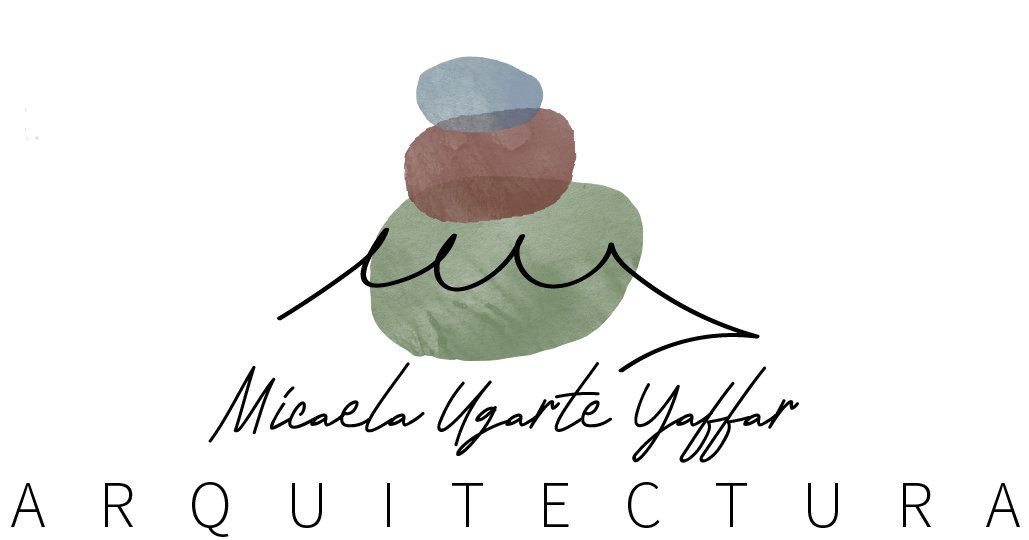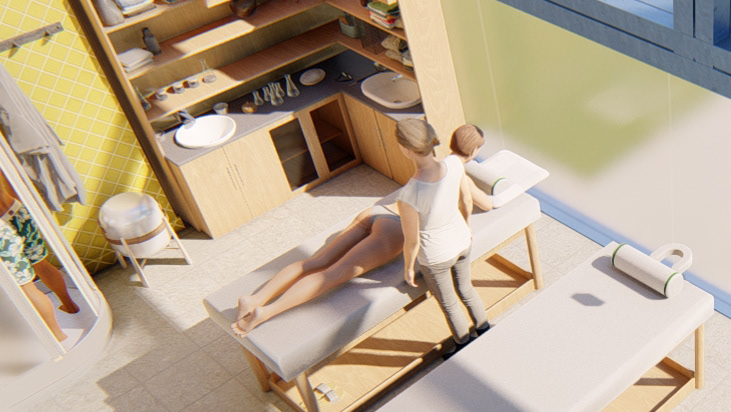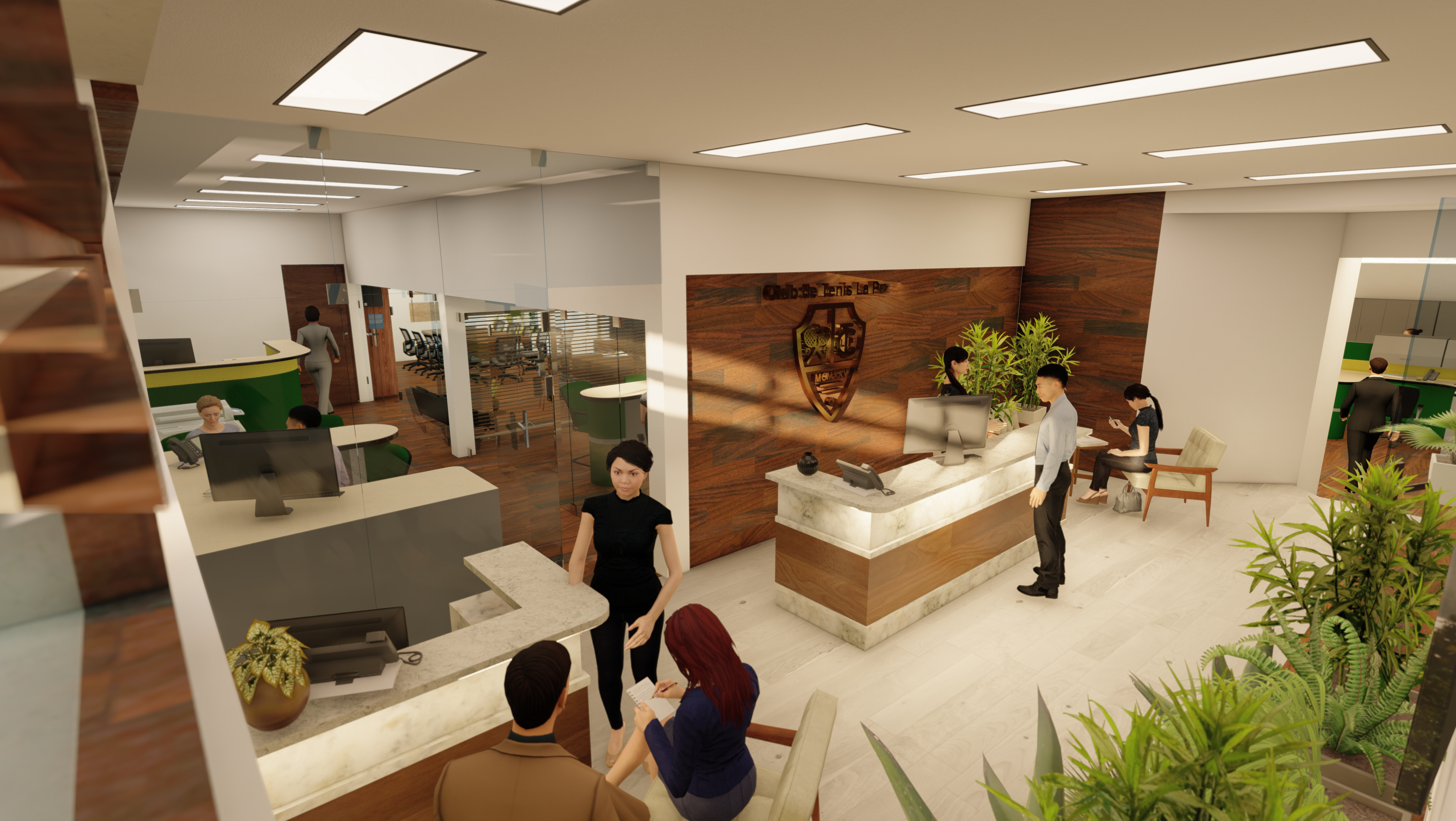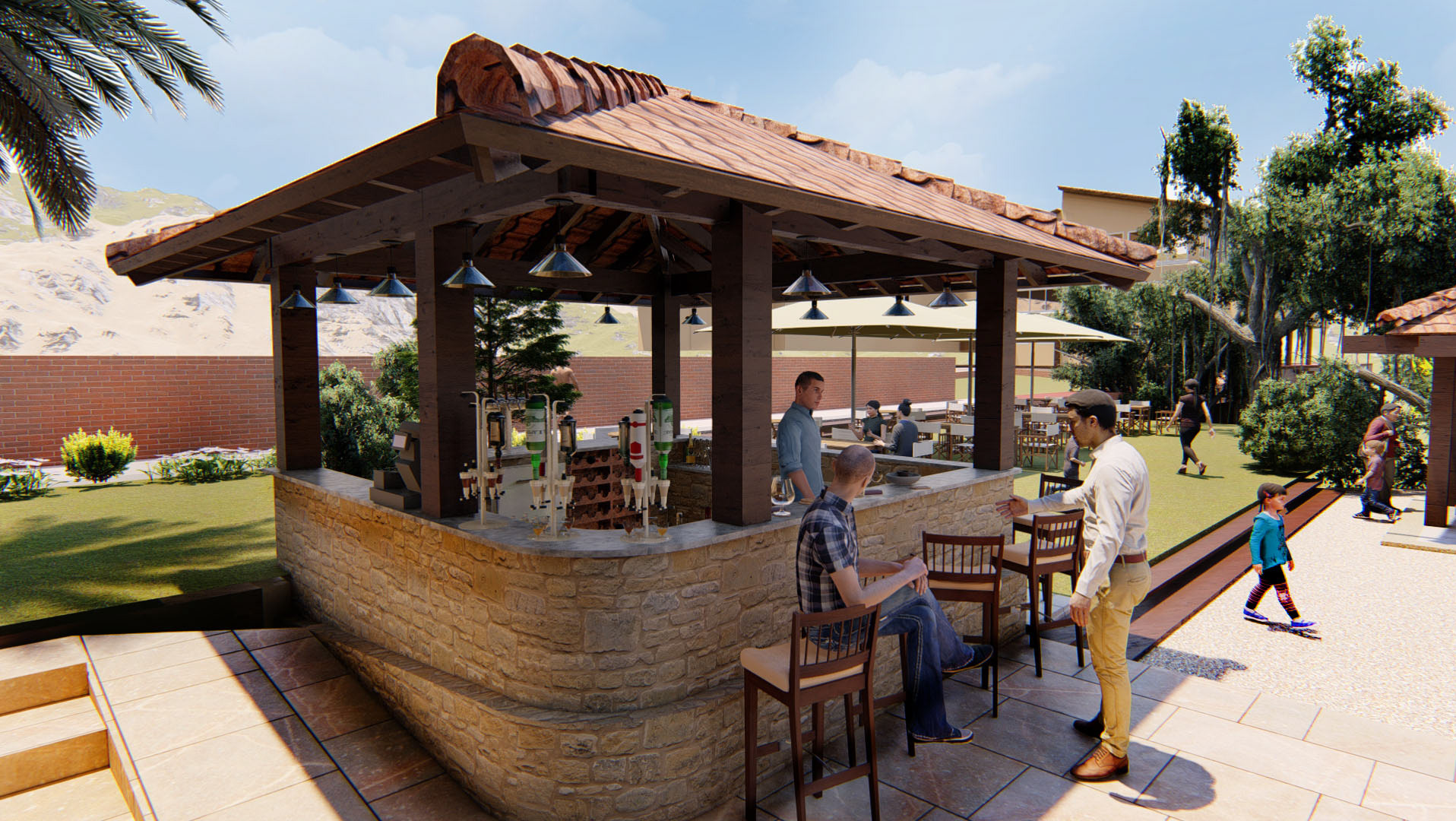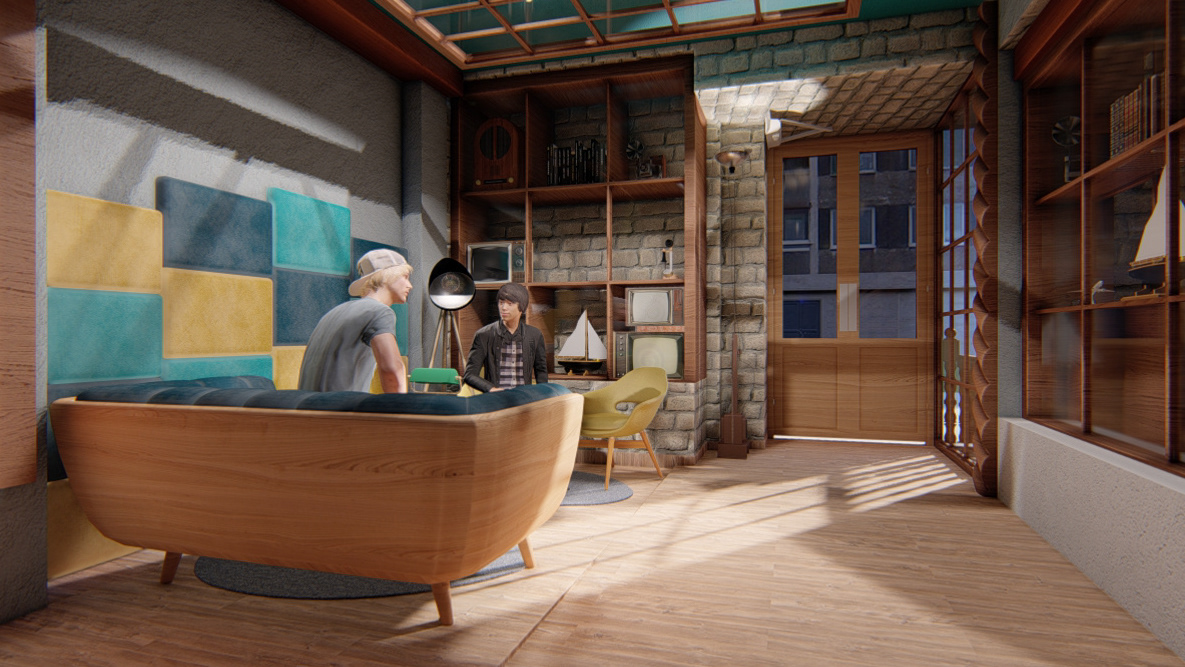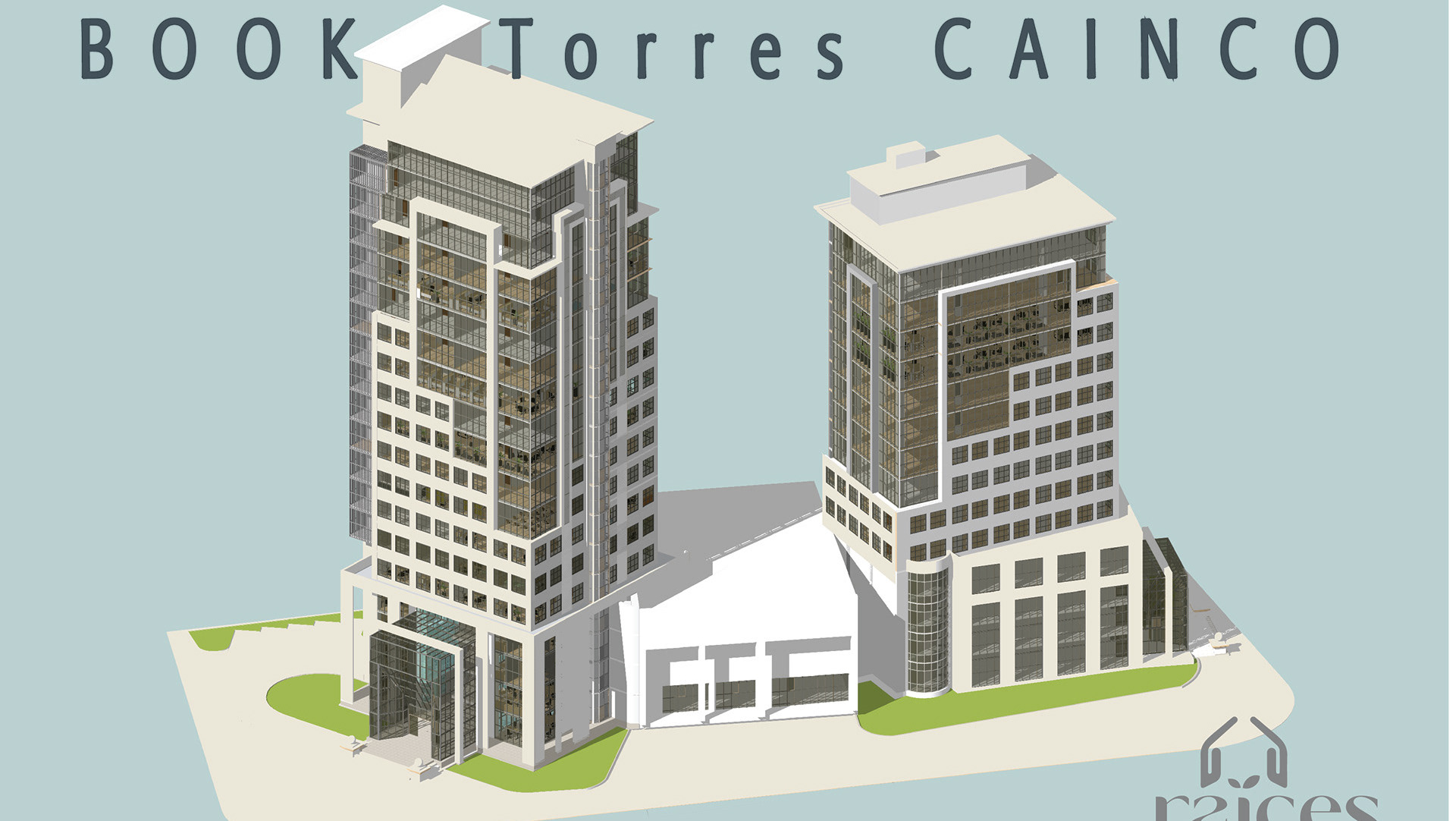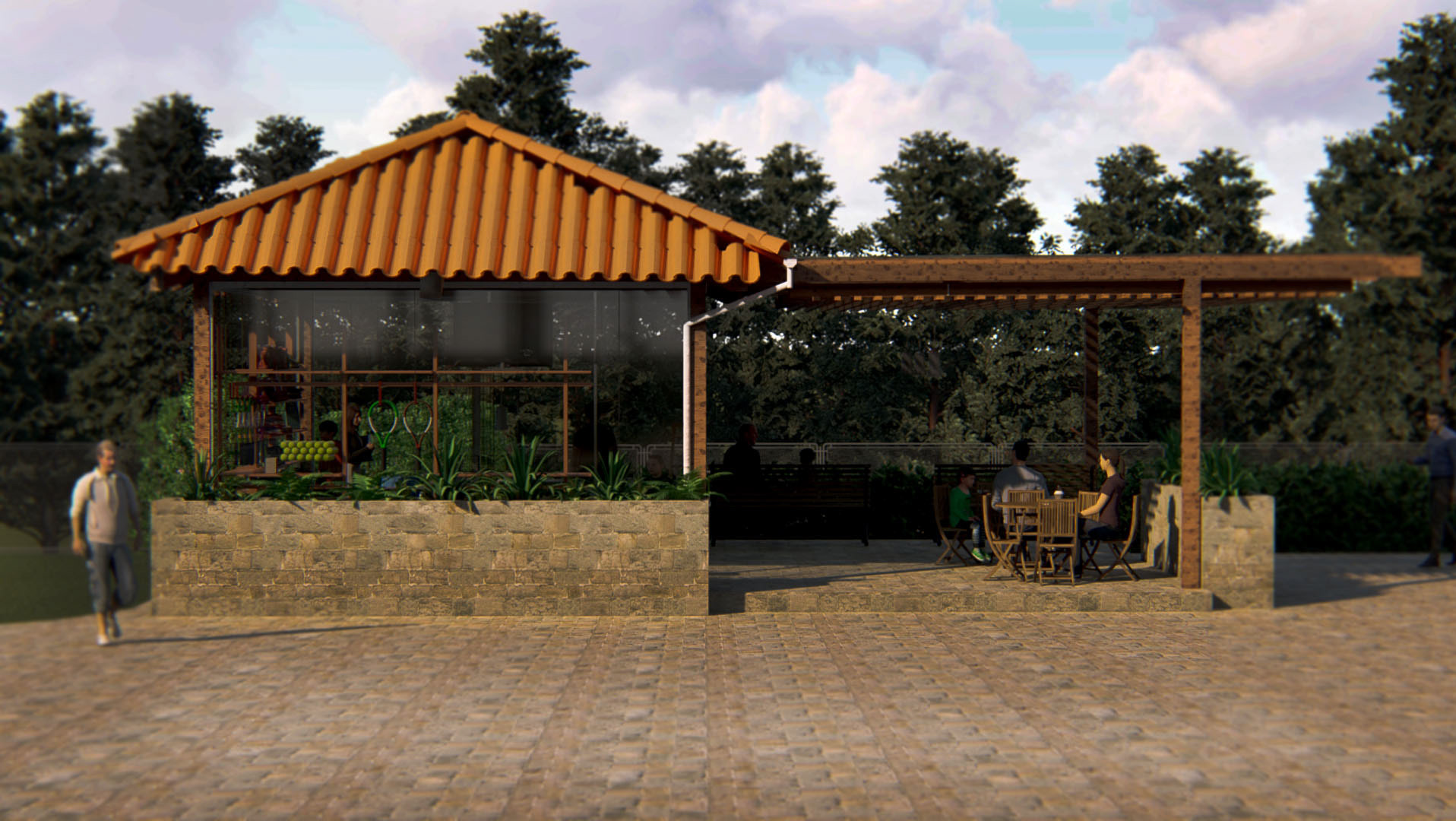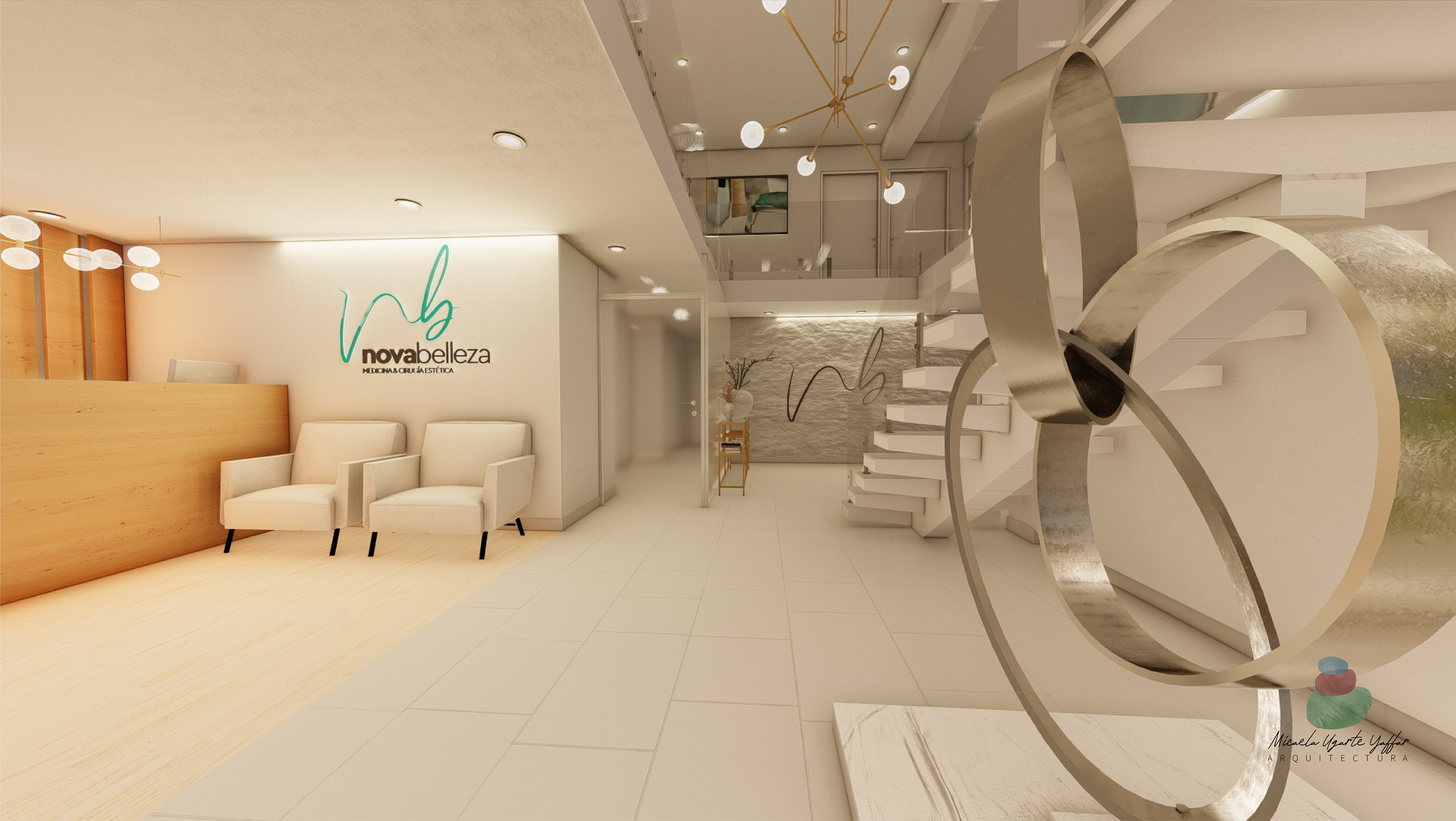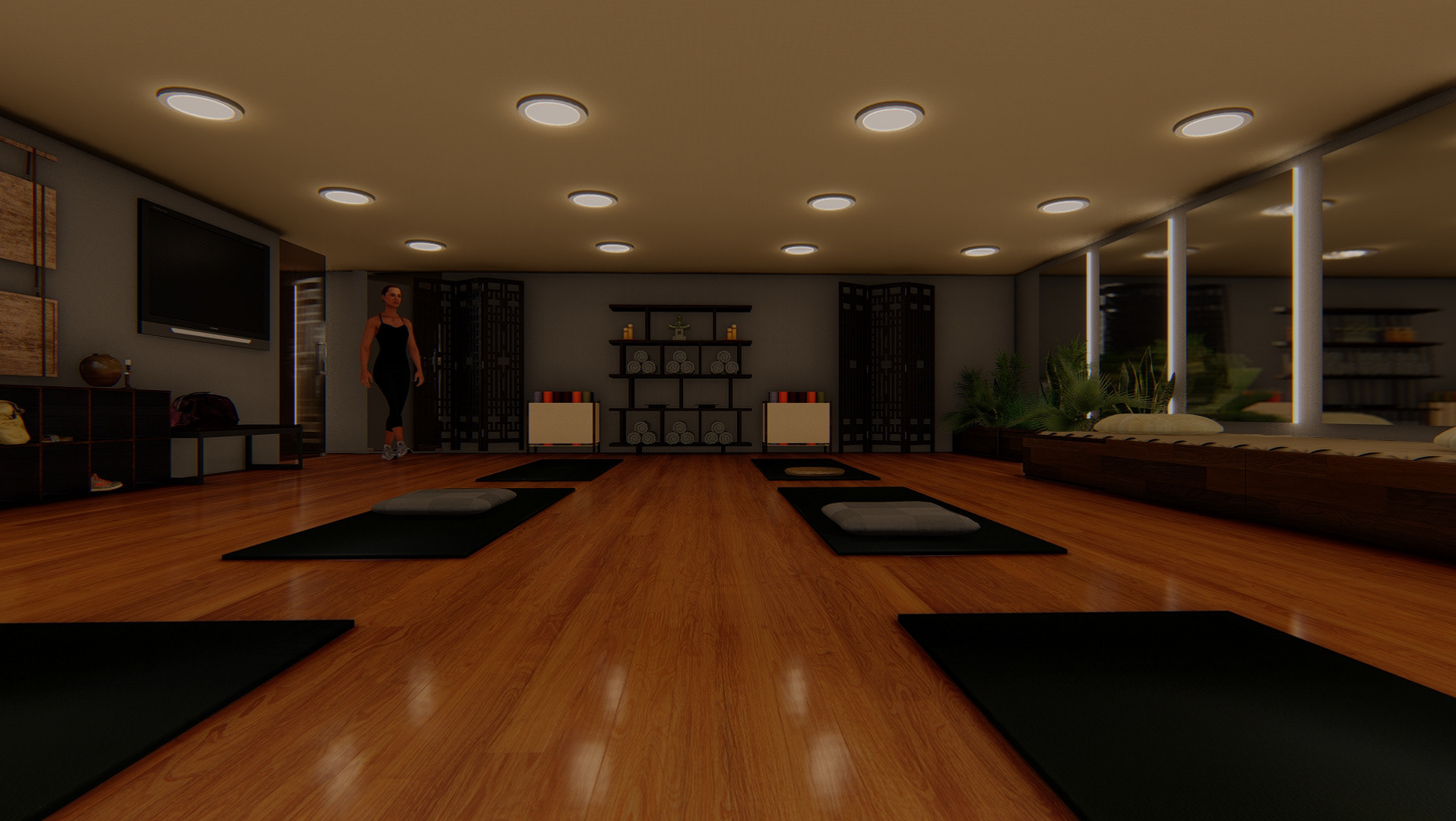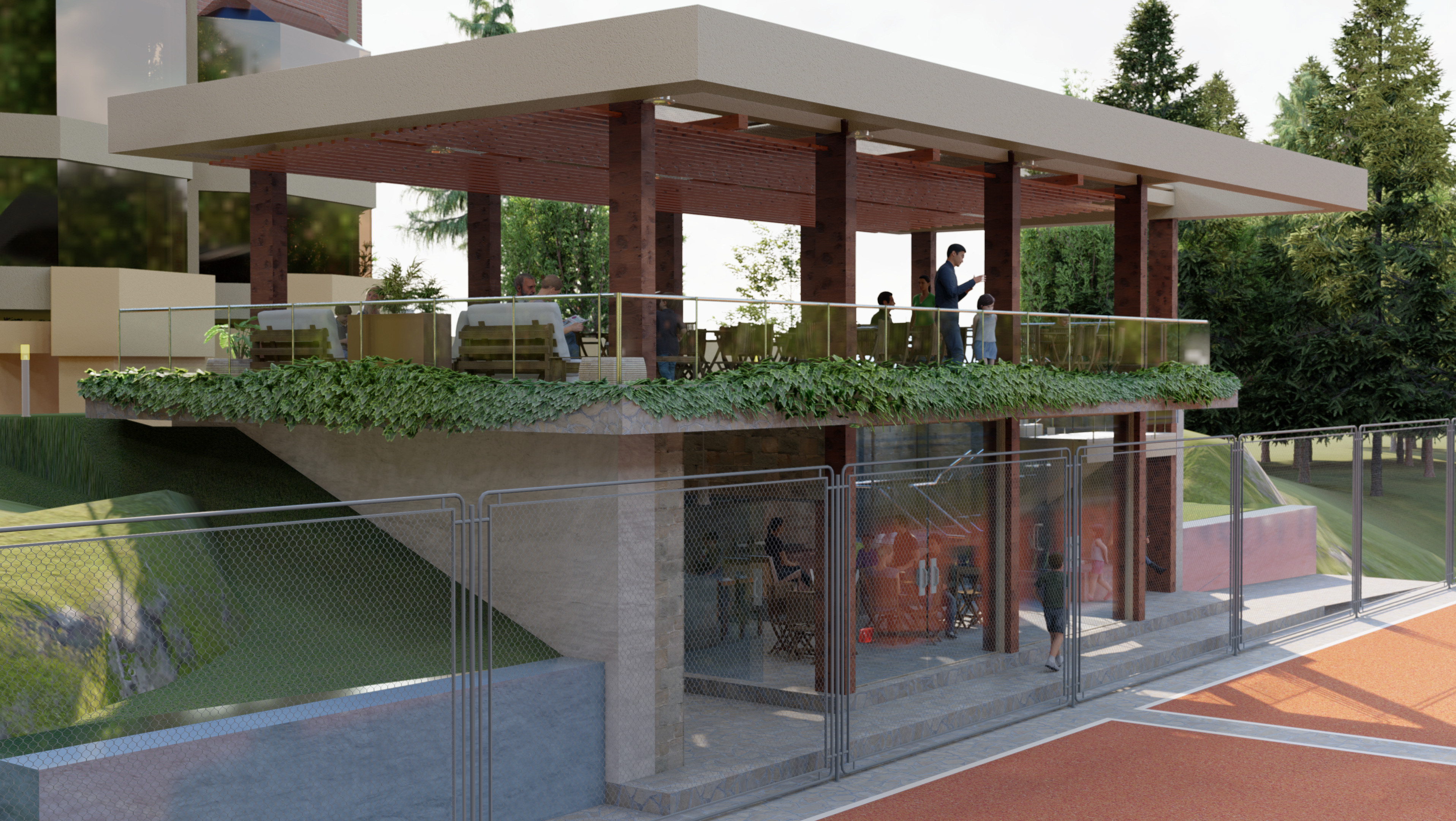Location: Huajchilla, La Paz, Bolivia
Project Type: Architectural intervention – Public threshold
Year: 2021
Project Type: Architectural intervention – Public threshold
Year: 2021
Overview
This project reimagines the entrance to the town of Huajchilla as a ceremonial and functional threshold—an architectural moment that both welcomes and announces the identity of the place. More than a gate, it becomes a point of orientation, pause, and cultural expression within the Andean landscape.
This project reimagines the entrance to the town of Huajchilla as a ceremonial and functional threshold—an architectural moment that both welcomes and announces the identity of the place. More than a gate, it becomes a point of orientation, pause, and cultural expression within the Andean landscape.
Concept
The proposal is rooted in the idea of the "liminal space"—a passage between contexts. Here, the act of arriving is celebrated through architecture that reflects both local materiality and collective memory. The design seeks to mark this edge between natural and built environments, between anonymity and belonging.
The proposal is rooted in the idea of the "liminal space"—a passage between contexts. Here, the act of arriving is celebrated through architecture that reflects both local materiality and collective memory. The design seeks to mark this edge between natural and built environments, between anonymity and belonging.
BEFORE
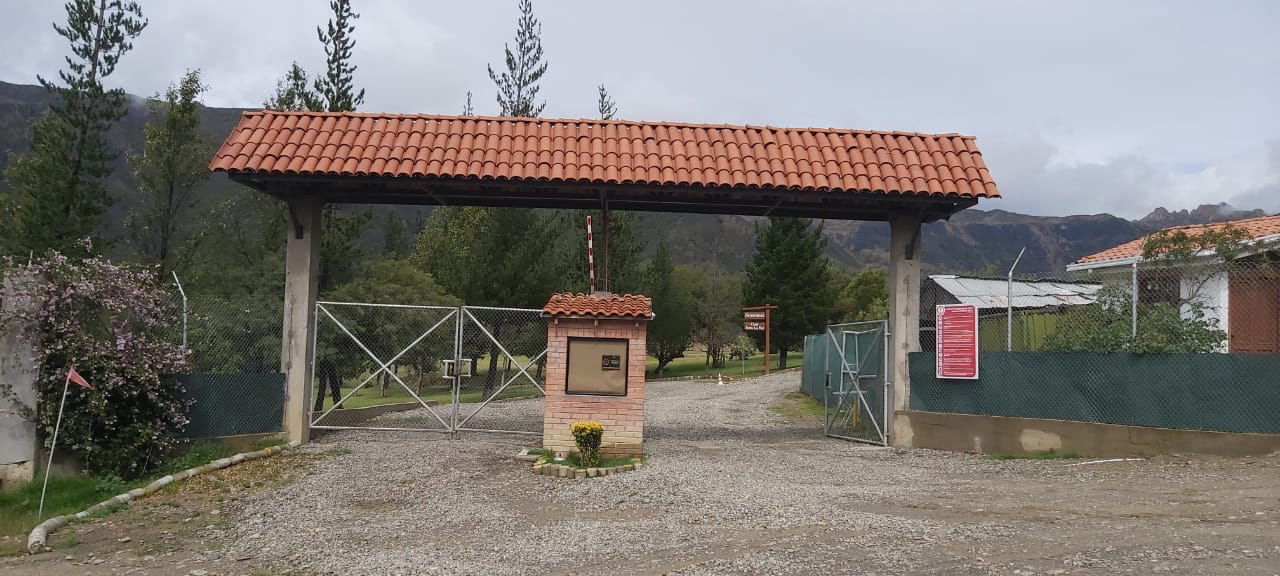
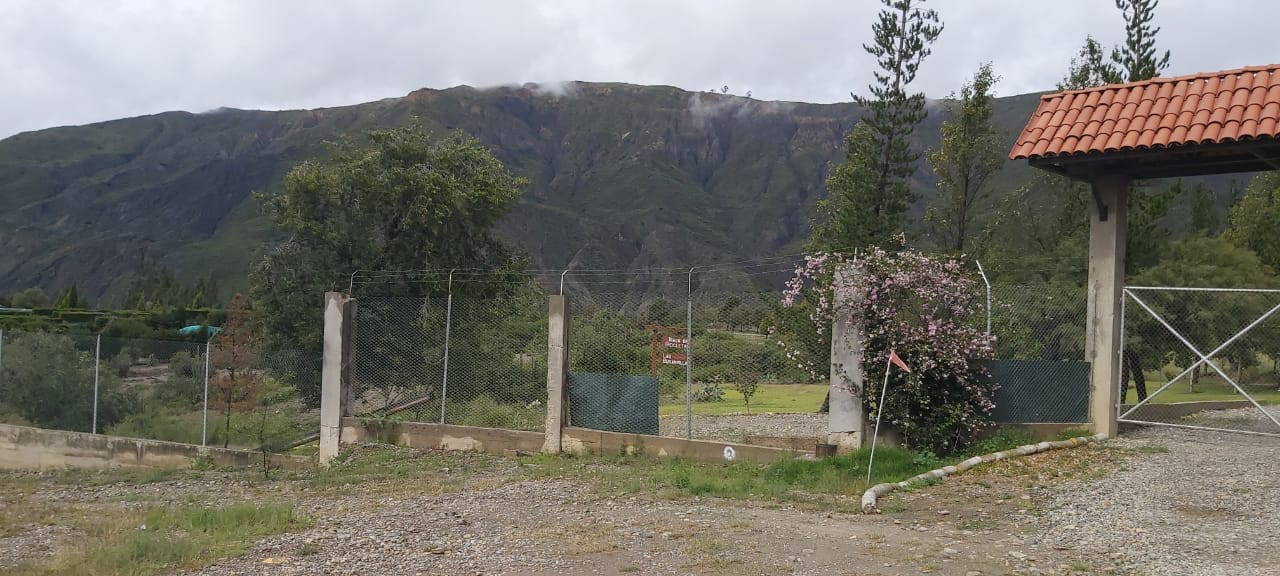
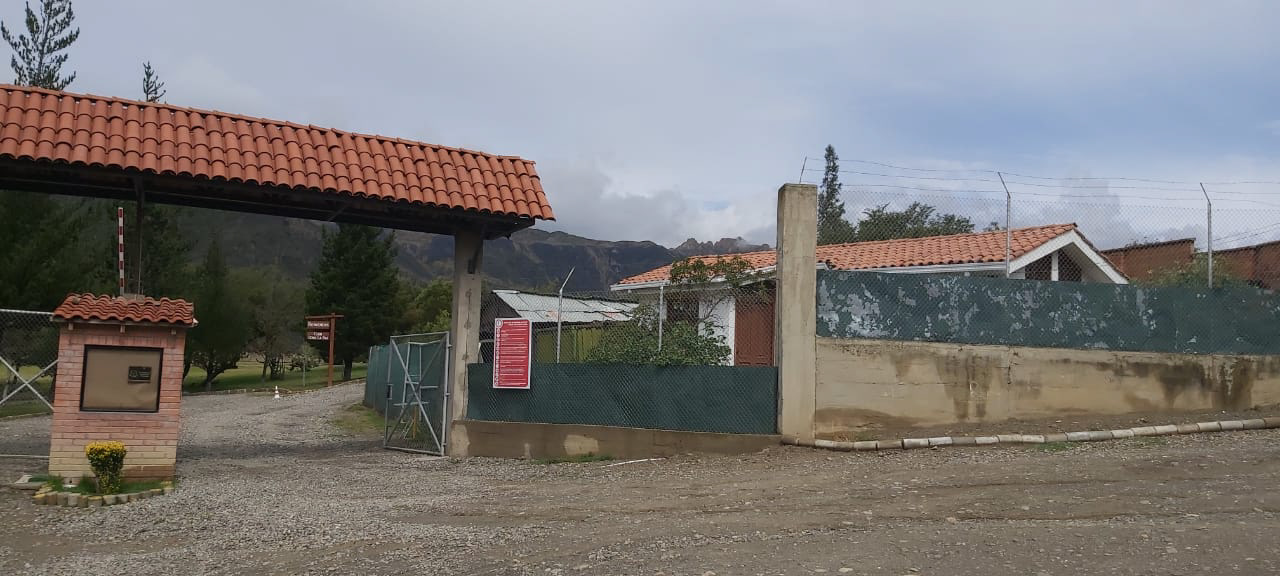
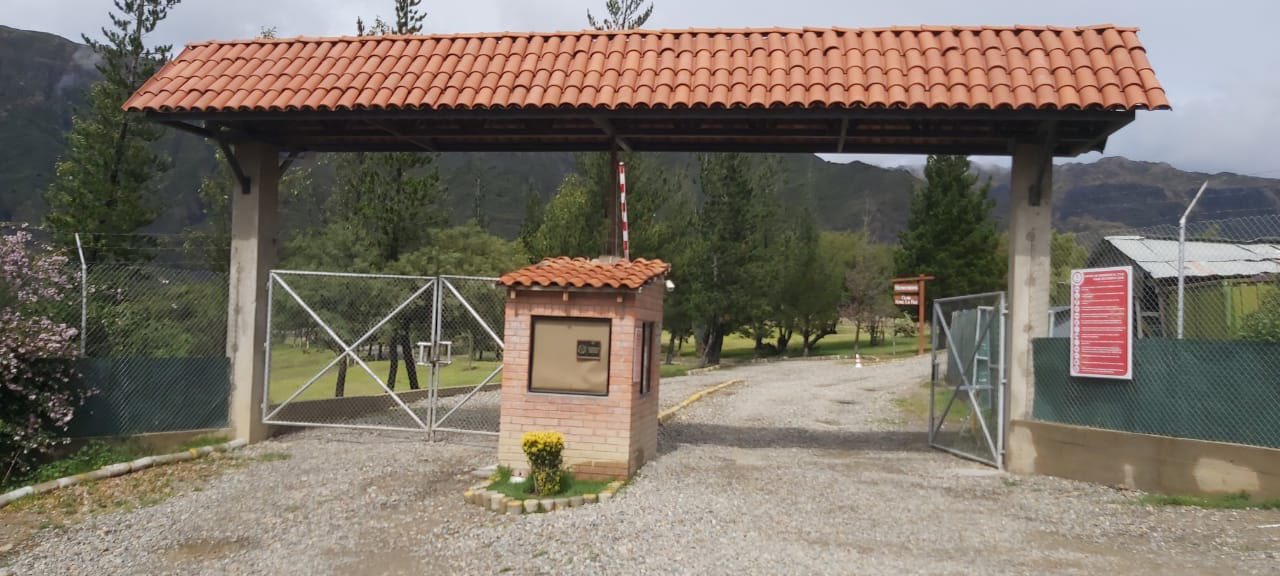

Proposal
Materiality and Expression
Stone and adobe textures echo the geological and traditional construction methods of the region.
Exposed concrete elements introduce a modern contrast, suggesting permanence and structural clarity.
Vertical wooden slats and corten steel accents bring warmth and rhythm, aging naturally over time to blend with the landscape.
Openings and frames within the structure create controlled views toward the valley and mountains, offering visual narratives of the territory.
Spatial Configuration
A sequence of layered walls and voids defines the experience: from open approach, through framed transition, to sheltered interaction.
Small urban furniture elements, integrated with the architecture, invite people to stop, gather, or rest.
Lighting and shadows were carefully considered to enhance the pavilion’s presence by day and night.
Inspired by pre-Columbian portals and agricultural terraces, the pavilion operates not just as an object, but as a device that engages with terrain, light, and culture. Its form responds to the local topography while reflecting Andean principles of orientation and monumentality,humble yet symbolic, grounded yet open.
